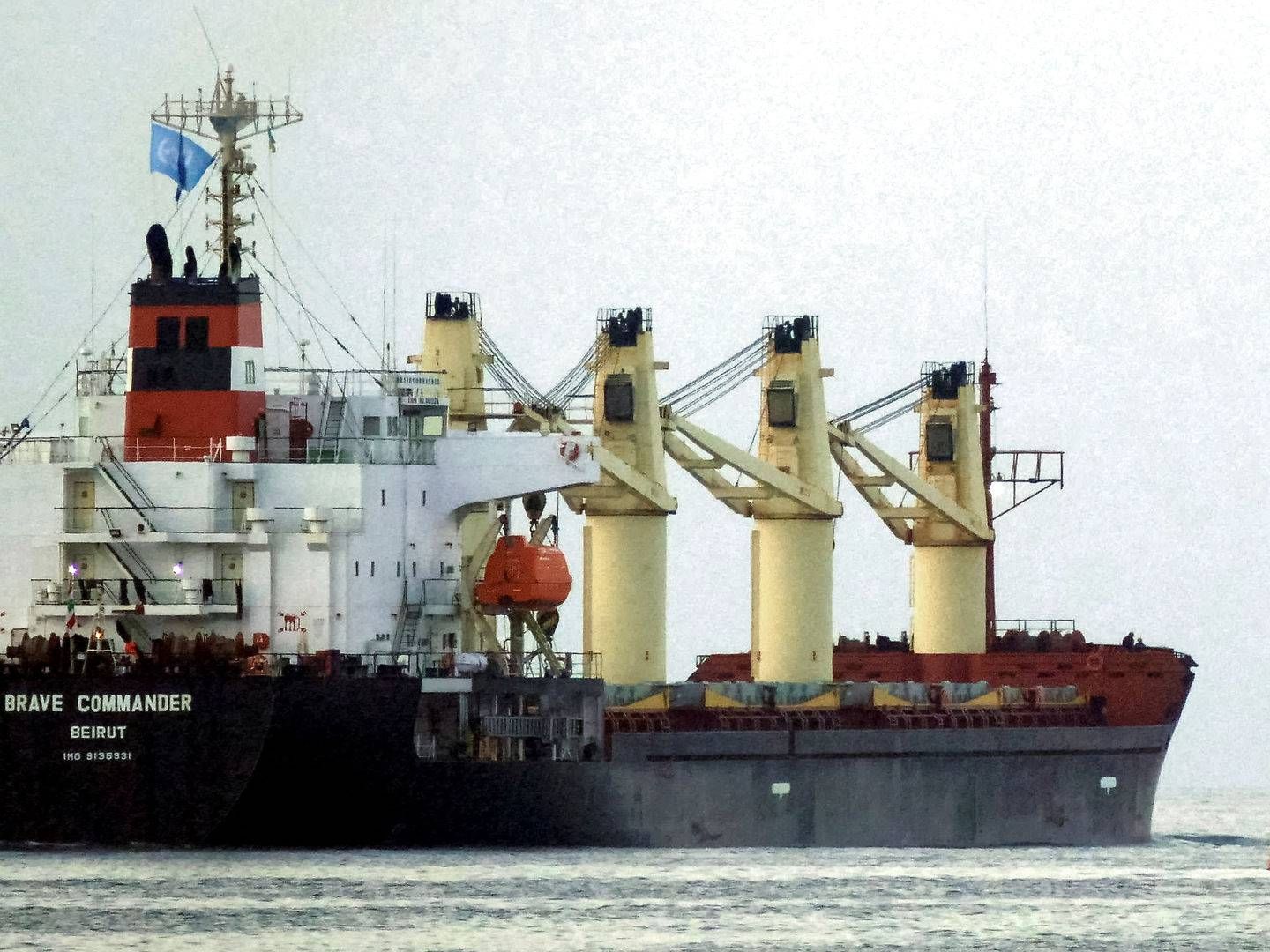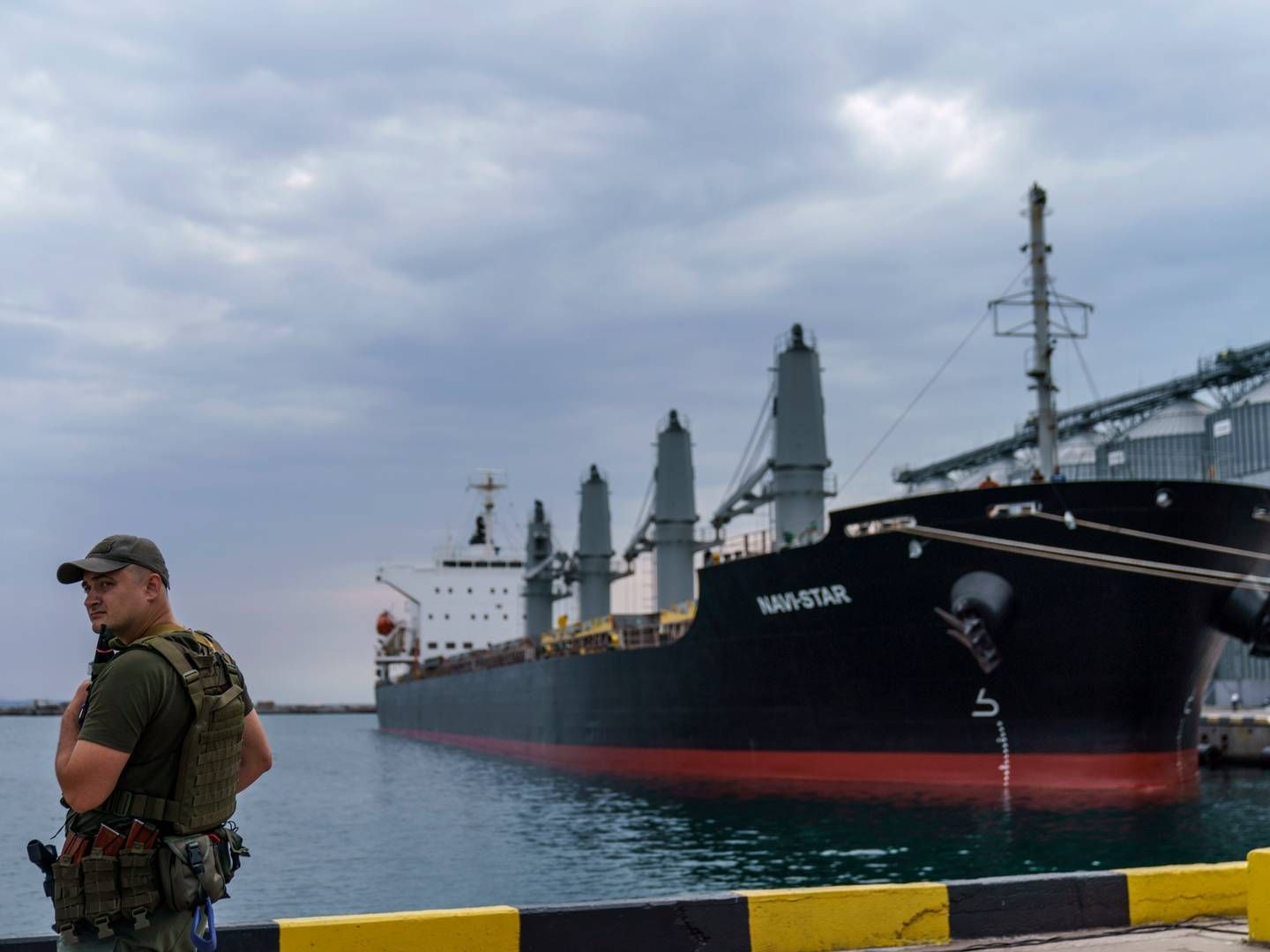Russia fires warning shots at cargo ship bound for Ukraine

A Russian warship fired warning shots at a cargo ship bound for Ukraine on Sunday.
According to the Russian Ministry of Defense, the cargo ship ”Sukra Okan”, which sails under the Palauan flag, did not stop for inspection after being asked to do so.
This prompted the warship ”Vasily Bykov” to fire warning shots to make the cargo ship comply.
”To force the ship to stop, warning shots were opened from small automatic weapons,” the Russian ministry said.
The incident took place in the southwestern part of the Black Sea. The cargo ship was heading for the Izmail Sea Commercial Port in southeastern Ukraine when it was stopped.
Russian military boarded the ship via helicopter to carry out the inspection.
The ship was then allowed to continue towards Ukraine, according to the Russian ministry.
The cargo ship sails under the Palauan flag, but is usually based in the Port of Istanbul, Türkiye.
The port city of Izmail is the main port for the export of Ukrainian agricultural products.
On July 17, a grain agreement between Russia and Ukraine expired. Since last summer, it had secured grain deliveries from the two warring countries to the rest of the world.
Ukraine and Russia are two of the world’s largest exporters of grain.
Russia refused to extend the agreement, under which ships have been inspected by authorities from both countries before they could sail on.
The agreement had — until its expiration — ensured that ships carrying grain across the Black Sea were not affected by acts of war.
After the expiration of the grain agreement, both Russia and Ukraine announced that they consider each other’s cargo ships to be legitimate military targets.
(Translated using DeepL with additional editing by Christian Radich Hoffman)



















